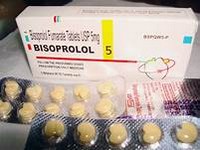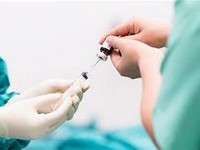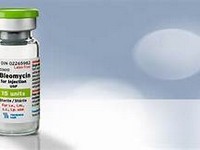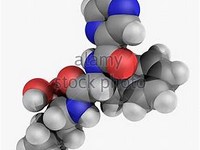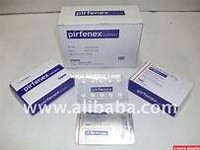dopamine hydrochloride

dopamine hydrochloride
CLINICAL USE
Cardiogenic shock in infarction or cardiac surgeryDOSE IN NORMAL RENAL FUNCTION
Initially 2–5 mcg/kg/minutePHARMACOKINETICS
DOSE IN RENAL IMPAIRMENT
GFR (mL/MIN)
DOSE IN PATIENTS UNDERGOING RENAL REPLACEMENT THERAPIES
IMPORTANT DRUG INTERACTIONS
Potentially hazardous interactions with other drugsAlpha-blockers: avoid concomitant use with tolazoline Antidepressants: risk of hypertensive crisis with MAOIs and moclobemide Ciclosporin: may reduce risk of ciclosporin nephrotoxicityDopaminergics: effects possibly enhanced by entacapone; avoid concomitant use with rasagiline; risk of hypertensive crisis with selegilineADMINISTRATION
Reconstition
–Route
IV peripherally into large vein (centrally for inotropic dose). Central route always preferableRate of Administration
Via CRIP as indicated belowComments
Minimum dilution 200 mg in 50 mL Not compatible with sodium bicarbonate – rapid deactivation of dopamineOTHER INFORMATION
Renal dose is 2–5 mcg/kg/min but little evidence that it can improve renal function Causes renal vasoconstriction at inotropic dose Cardiac and BP monitoring advised Very severe tissue damage caused by extravasation
See how to identify renal failure stages according to GFR calculation
See how to diagnose irreversible renal disease
Home
